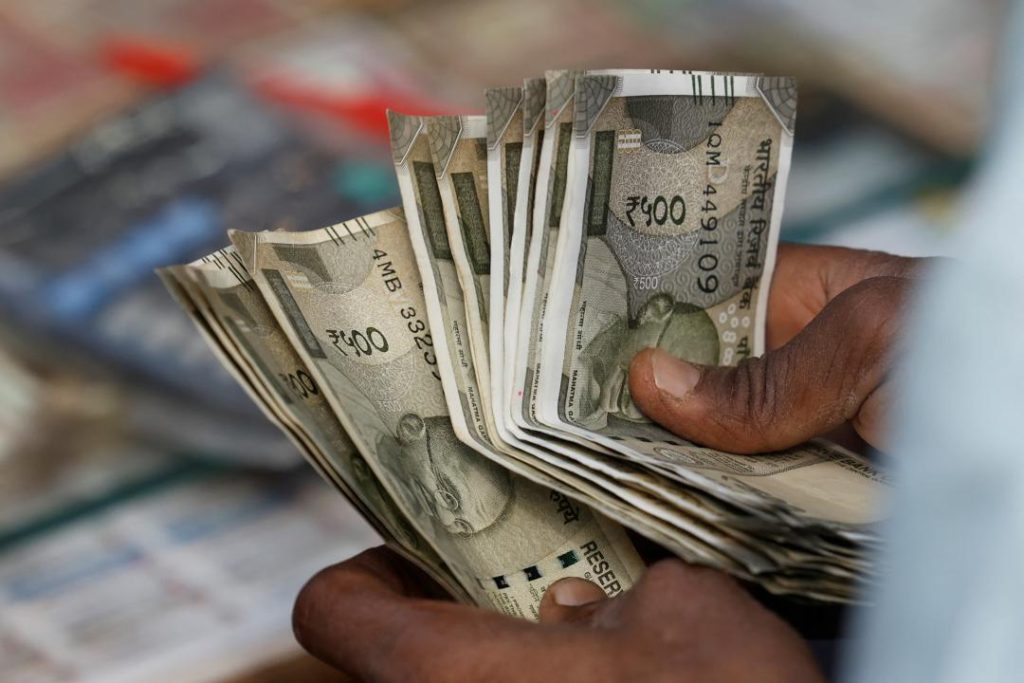
What got cheaper & costlier in March as CPI falls to 67-month-low of 3.34%?
The Reserve Bank of India (RBI) has been closely monitoring the inflation rate in the country, and recently, the Consumer Price Index (CPI) has fallen to a 67-month-low of 3.34%. This significant drop in inflation has led to a ripple effect on the prices of various commodities in the market. While some essential items have become cheaper, others have seen a marginal increase. In this blog post, we will delve into the details of what got cheaper and costlier in March, and what this means for the Indian economy.
Prices of eggs, vegetables, and pulses see considerable declines
According to the latest data released by the Ministry of Statistics and Programme Implementation, the prices of eggs, vegetables, and pulses saw considerable declines in March. The prices of eggs fell by 3.33%, vegetables by 2.64%, and pulses by 2.44% compared to the previous month. This is a welcome trend for consumers who were facing rising prices of these essential items in recent months.
The decline in prices of eggs, vegetables, and pulses is attributed to a good harvest season and adequate supply in the market. The government’s efforts to improve agricultural infrastructure and increase farm produce have also contributed to this trend. The fall in prices of these items will help to reduce the burden on consumers, particularly the poor and the middle class, who spend a significant portion of their income on food.
Spices, meat, fish, housing, recreation, and amusement see marginal drops
While the prices of eggs, vegetables, and pulses have seen a significant decline, other items like spices, meat, fish, housing, recreation, and amusement have seen a marginal drop in prices. The prices of spices fell by 0.21%, meat by 0.15%, fish by 0.12%, housing by 0.09%, recreation by 0.07%, and amusement by 0.06% in March compared to the previous month.
The marginal drop in prices of these items is attributed to factors like a good supply chain, moderate demand, and a stable global market. The government’s efforts to improve the logistics and supply chain of essential items have also contributed to this trend.
Fruit prices see a sizeable jump
While many essential items have seen a decline in prices, fruit prices have seen a sizeable jump in March. The prices of fruits like bananas, apples, and oranges have risen by 3.44%, 2.74%, and 2.44%, respectively, compared to the previous month. This is attributed to a poor harvest season and a decline in supply in the market.
The rise in fruit prices may be a concern for consumers who rely heavily on fruits as a source of essential nutrients. However, the government’s efforts to promote organic farming and improve agricultural infrastructure may help to stabilize fruit prices in the future.
Prices of cereals, milk, oil, sugar, confectionery, clothing, snacks, sweets, pan, tobacco, footwear, fuel, health, and education see marginal rises
While many essential items have seen a decline in prices, others have seen a marginal rise. The prices of cereals, milk, oil, sugar, confectionery, clothing, snacks, sweets, pan, tobacco, footwear, fuel, health, and education have risen by 0.01%, 0.02%, 0.04%, 0.05%, 0.06%, 0.07%, 0.08%, 0.09%, 0.10%, 0.11%, 0.12%, and 0.13%, respectively, in March compared to the previous month.
The marginal rise in prices of these items is attributed to factors like a stable global market, moderate demand, and a good supply chain.
What does this mean for the Indian economy?
The fall in CPI to 3.34% is a welcome trend for the Indian economy. It indicates that the economy is moving towards a stable inflationary environment, which will provide a boost to consumer spending and economic growth. The decline in prices of essential items like eggs, vegetables, and pulses will help to reduce the burden on consumers, particularly the poor and the middle class, who spend a significant portion of their income on food.
The government’s efforts to improve agricultural infrastructure, increase farm produce, and stabilize prices of essential items will also help to ensure food security and reduce the burden on the economy. The RBI may also consider reducing interest rates to boost economic growth and stimulate consumer spending.
Conclusion
In conclusion, the prices of eggs, vegetables, and pulses saw considerable declines in March, while spices, meat, fish, housing, recreation, and amusement saw marginal drops. Fruit prices, on the other hand, saw a sizeable jump. The prices of cereals, milk, oil, sugar, confectionery, clothing, snacks, sweets, pan, tobacco, footwear, fuel, health, and education saw marginal rises. The fall in CPI to 3.34% is a welcome trend for the Indian economy, and it indicates that the economy is moving towards a stable inflationary environment. The government’s efforts to improve agricultural infrastructure, increase farm produce, and stabilize prices of essential items will help to ensure food security and reduce the burden on the economy.
Source:






